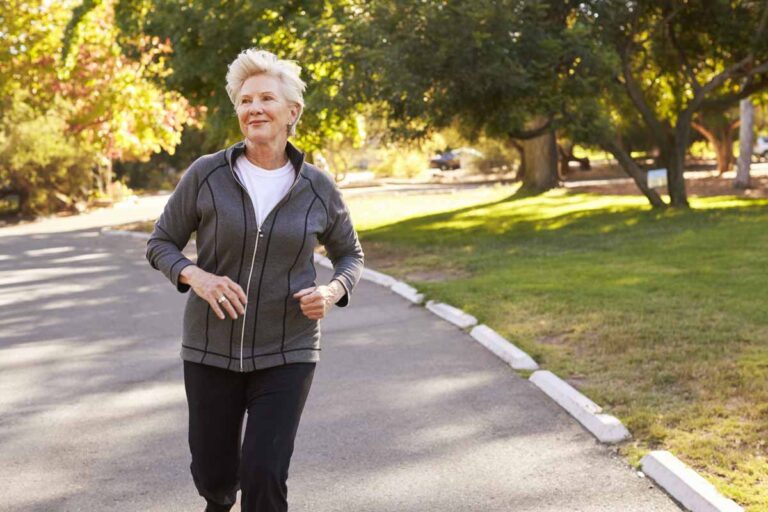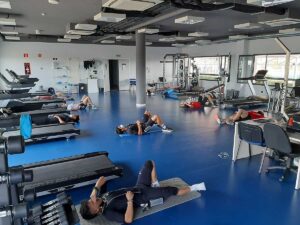Introduction
The purpose of this document is to summarize our results and corresponding experiences in this promising area and, in general, to review the effect of both technologies, whole body vibration and whole body electrostimulation (WB-EMS) on muscle mass and function in older adults.
Method and Results
In one of the articles that appears in this review where the effects of WB-EMS on body composition and strength / potency in older women were analyzed, 30 postmenopausal women participated, of which 15 women were randomly assigned to a control group where they maintained a physical activity program of 60 min a week.
On the other hand, the other 15 women were assigned to the group with WB-EMS where they carried out an exercise program of 20 min 5 days in 14 weeks. The WB-EMS group exercise program consisted of performing 15 dynamic exercises where we involved all the muscles of the whole body with a short joint range. Two electrostimulation protocols were applied: The first consisted of applying a frequency of 85 Hz with a duty cycle of 4 sg of electrical impulse and 4 sg of rest and in the second a frequency of 7 Hz was applied with a continuous stimulus for 10 min. The intensity reached by the subjects was moderate.
After 14 weeks, there were significant positive effects regarding body fat, strength and potency in the WB-EMS group compared to the control group.
In another study, the effects of WB-EMS on body composition, metabolic syndrome and physical capacity parameters in men aged 65-75 years without training experience were analyzed. 28 men were randomly assigned to the WB-EMS group where they performed resistance exercises and on the other hand to the control group who performed gentle exercises on a vibrating platform. The group with WB-EMS held 30 min sessions every 5 days. The session was structured with a resistance training of 15 min at 70-85% of the maximum heart rate with an electrostimulation protocol of 85 Hz frequency with continuous stimulation and 15 minutes of resistance exercises throughout the body with joint ranges Shorts with an electrostimulation protocol of 85 Hz frequency and a duty cycle of 4 sg of electrical impulse and 4 sg of rest.
After 14 weeks of exercise, positive effects were observed in the WB-EMS group on total muscle mass, total body fat and abdominal fat compared to the control group. Regarding the isometric force in the knee extensors, positive results were found in the WB-EMS group compared to the control group. Positive effects were also observed on the power of the legs and on the improvement of VO2max in the WB-EMS group compared to the control group.
Conclusion
Analyzing the articles with the most significant results regarding WB-EMS, we can say that WB-EMS is effective in increasing muscle mass and functional capacity in older people.
Subjects who do not want or cannot exercise with an adequate (high) exercise intensity can benefit from the application of WB-EMS even if they exercise at a level below the threshold, the time-saving effect of this technology is a good alternative compared to conventional resistance exercise programs with multiple sets and repetitions for each muscle group.
WB-EMS can be an attractive technology, especially for subjects who are unable or unwilling to exercise in a conventional manner and, therefore, will be a promising option to increase the physical activity of subjects to a level that can even fight sarcopenia.
Bibliography
Kemmler W, von Stengel S.. (2012). Alternative Exercise Technologies to Fight against Sarcopenia at Old Age: A Series of Studies and Review.. Journal of Aging Research , 2012, 1-8.







